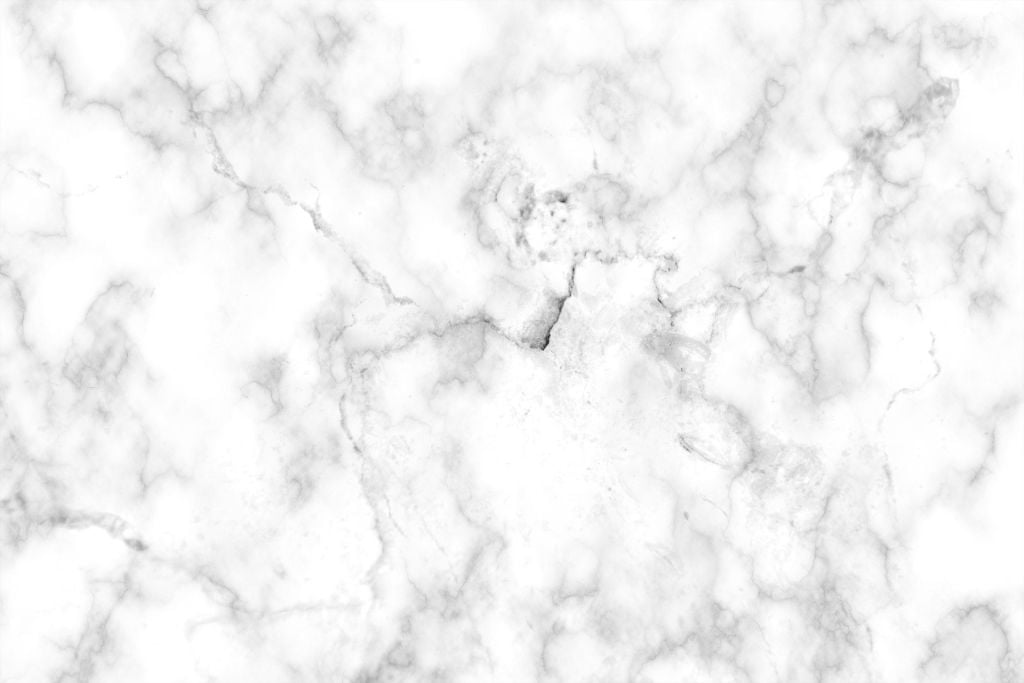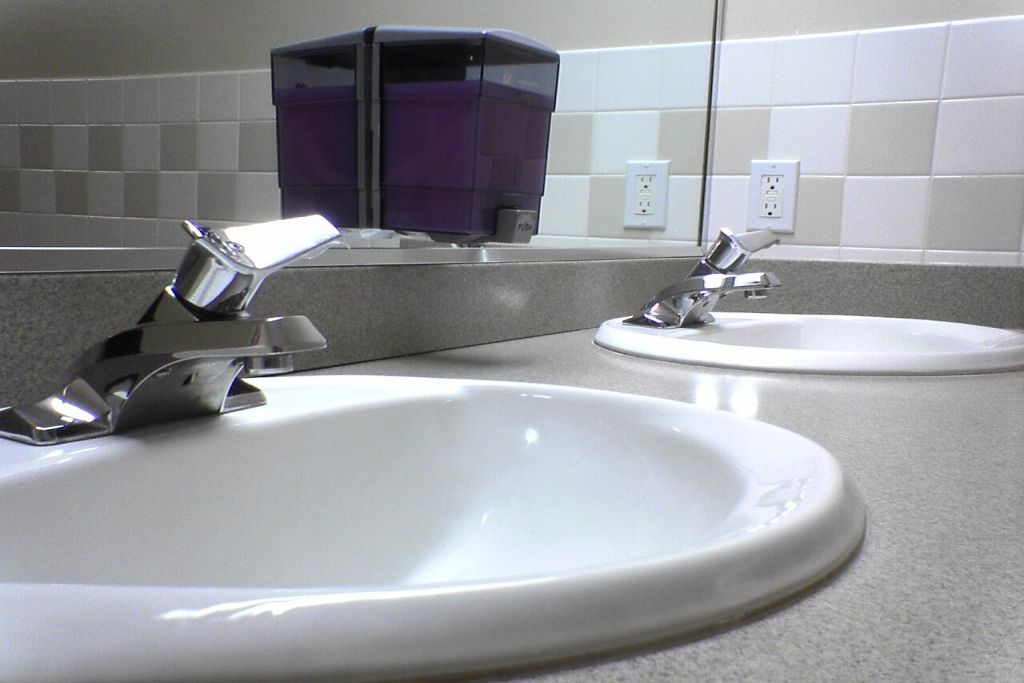Ceramic Tiles
Ceramic Tiles
Ceramic tiles are the most commonly used indoor and outdoor in Australian homes. Mostly sourced from Asia, they are manufactured in large kilns at very high temperatures using clay, resulting in a strong, durable surface. Modern day production has evolved into an efficient process whereby the tiles can be heated and glazed simultaneously, resulting in cheaper and faster output. For traditional, rustic designs, the tiles are left untreated, whilst fancier smooth patterns are applied using liquid glass glazing.


Advantages of Ceramic Tiles
Ceramic tiles are considered to be the most cost effective option due to their cheaper pricing in comparison to other tile types. They are versatile as they can be used in all areas of the home and can be easily replaced if they ever get damaged. They don’t usually retain much dirt and can be cleaned easily with a mop.
Disadvantages of Ceramic Tiles
As the worldwide demand for ceramic tiles is enormous, they are produced and distributed quickly. We commonly find inconsistencies with cheaper ceramic tiles, where the edges are not fully straight and the colour shades can vary slightly, even in the same batch. Also due to the fact that builders purchase entire batches in one go, in the event that more tiles are required to complete the project, it is extremely hard to find the exact same tiles. This can affect the visual appeal of the finished project.


Common Applications
Ceramic tiles are the preferred choice for high traffic areas of the home, such as entryways, hallways, living rooms, kitchens and bathrooms. However, it is important to use the right type of ceramic tiles for the particular surface upon which they will be applied. For example, bathroom floors should have a rougher surface to avoid potential slipping hazards when the floor is wet. Smooth-glazed and polished ceramics are best used in living areas and hallways for visual appeal.
